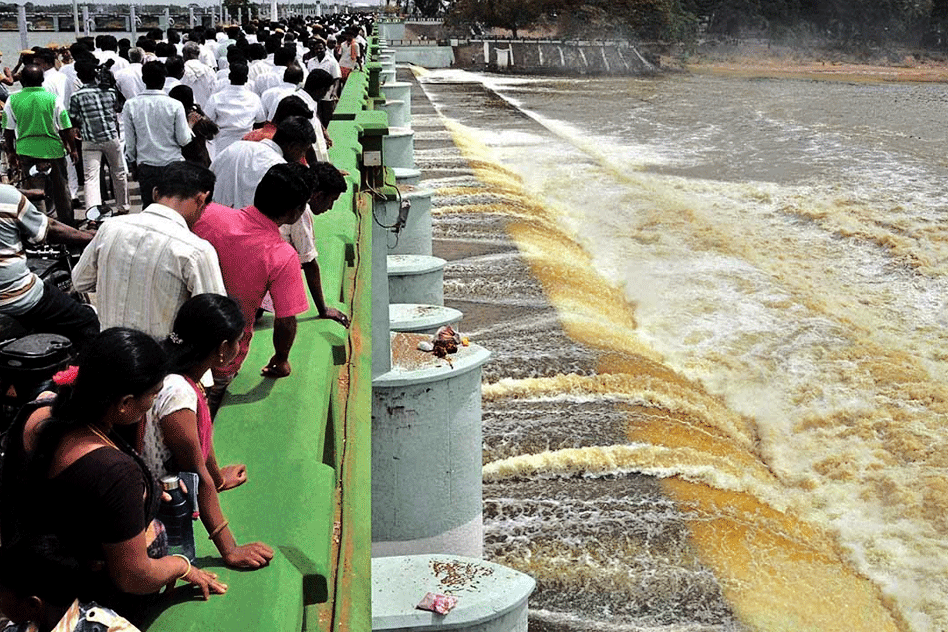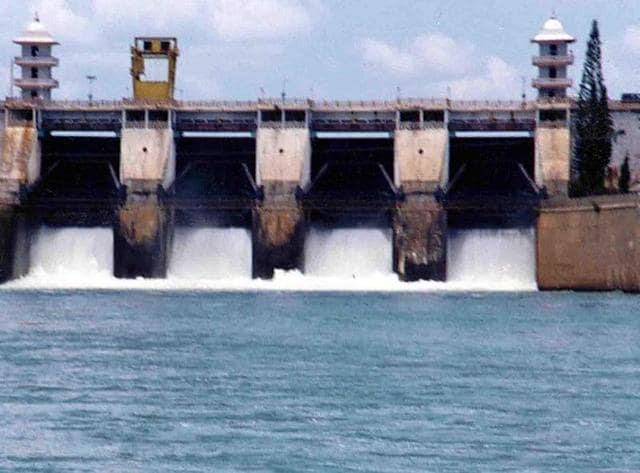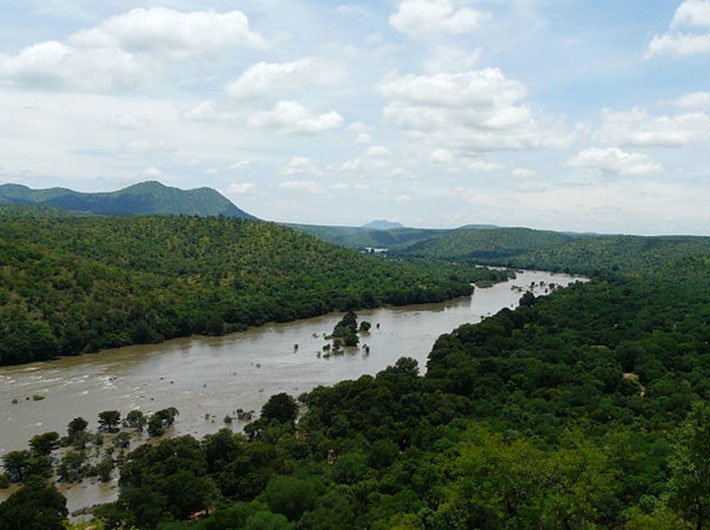Karnataka Gives Tamil Nadu 5,000 Cusecs of Cauvery Water as Part of Sharing Agreement

Karnataka Gives Tamil Nadu 5,000 Cusecs of Cauvery Water as Part of Sharing Agreement
In a positive step to solve water-sharing issues between Karnataka and Tamil Nadu, Karnataka has released 5,000 cubic feet per second (cusecs) of water from the Cauvery River to fulfill Tamil Nadu’s share. This decision comes as part of an agreement between the two neighboring states to fairly divide the water resources and promote friendly relations.
The Cauvery River is essential for both Karnataka and Tamil Nadu, supporting agriculture, drinking water supply, and overall development in the region. However, disputes over sharing the river’s water have often led to tensions in the past. To address this, the Cauvery Water Disputes Tribunal (CWDT) was set up to find a fair solution. The CWDT formulated a formula to allocate the river’s waters between the two states. Although the formula aims to balance their interests, it has been a subject of disagreement.
Recognizing the importance of honoring the water-sharing agreement, Karnataka’s government decided to release 5,000 cusecs of water for Tamil Nadu as directed by the tribunal. This move shows Karnataka’s commitment to cooperation and to ensure that Tamil Nadu receives its rightful share of the Cauvery waters.
The scarcity of water is a growing concern in many parts of India, including Karnataka and Tamil Nadu. Changing weather patterns, decreasing groundwater levels, and overexploitation of water resources have contributed to the water crisis. Responsible water management and cooperation between states have become even more critical to address this challenge.

While the release of 5,000 cusecs of water is a positive step, more efforts are needed to ensure sustainable water management. Both Karnataka and Tamil Nadu must continue to conserve water, promote rainwater harvesting, and invest in modern irrigation techniques to make the most of the available resources.
Moreover, cooperation between states for water-sharing should go beyond mere compliance with agreements. Dialogue and joint efforts to tackle water-related challenges can build trust and foster collaboration for the benefit of all stakeholders.
The release of Cauvery water by Karnataka is not only responsible governance but also a symbol of unity in facing shared challenges. It sets an example for other states to follow and encourages a proactive approach to water management for sustainable development.
As the demand for water increases with growing populations and economies, it becomes crucial for all states to prioritize water conservation and equitable distribution. Taking inspiration from Karnataka’s gesture, other regions can develop their strategies for water security while reducing inter-state disputes.

The release of 5,000 cusecs of Cauvery water from Karnataka to Tamil Nadu is not only a gesture of goodwill but also a testament to the importance of effective water management and cooperation between states. It highlights the significance of dialogue and compromise in resolving complex water-sharing issues, setting a positive precedent for future disputes over shared resources.
Both Karnataka and Tamil Nadu must now build on this positive step and continue engaging in regular communication to ensure the smooth implementation of the water-sharing agreement. Transparency and open communication between the states can foster trust and help address any concerns that may arise in the future, ensuring a sustainable and harmonious distribution of the Cauvery waters.
Furthermore, this act of cooperation should prompt other states in India to reevaluate their water-sharing policies and consider adopting similar collaborative approaches to tackle water scarcity. With climate change and population growth exerting increasing pressure on water resources, embracing equitable and sustainable water-sharing practices will become even more critical in the years to come.
In conclusion, Karnataka’s decision to release 5,000 cusecs of Cauvery water for Tamil Nadu’s share marks a significant milestone in resolving water-sharing disputes between the two states. It demonstrates the power of collaboration and dialogue in addressing shared challenges and lays the groundwork for better interstate water management. By fostering cooperation and responsible governance, India can move towards a more sustainable future where water resources are conserved, equitably distributed, and accessible to all, ensuring the well-being and prosperity of its citizens.

The release of Cauvery water by Karnataka for Tamil Nadu’s share also underscores the importance of integrated water resource management at the national level. As water scarcity becomes a pressing issue across the country, there is a need for a comprehensive and holistic approach that transcends state boundaries. National water policies that promote collaboration among states, encourage water conservation, and prioritize sustainable water use are imperative to address the challenges posed by water scarcity.
Moreover, this cooperative act should serve as a reminder of the critical role that citizens play in water conservation. Individuals, communities, and industries must actively participate in water-saving initiatives and adopt responsible water usage practices. Rainwater harvesting, reusing treated water, and employing water-efficient technologies are some of the measures that can significantly contribute to preserving this vital resource.
By celebrating and emulating the spirit of collaboration exhibited in the Karnataka-Tamil Nadu water-sharing agreement, India can pave the way for a more water-secure and resilient future. Through mutual respect, transparent communication, and responsible stewardship of water resources, the nation can overcome water-related challenges and build a more sustainable and prosperous tomorrow for generations to come.




